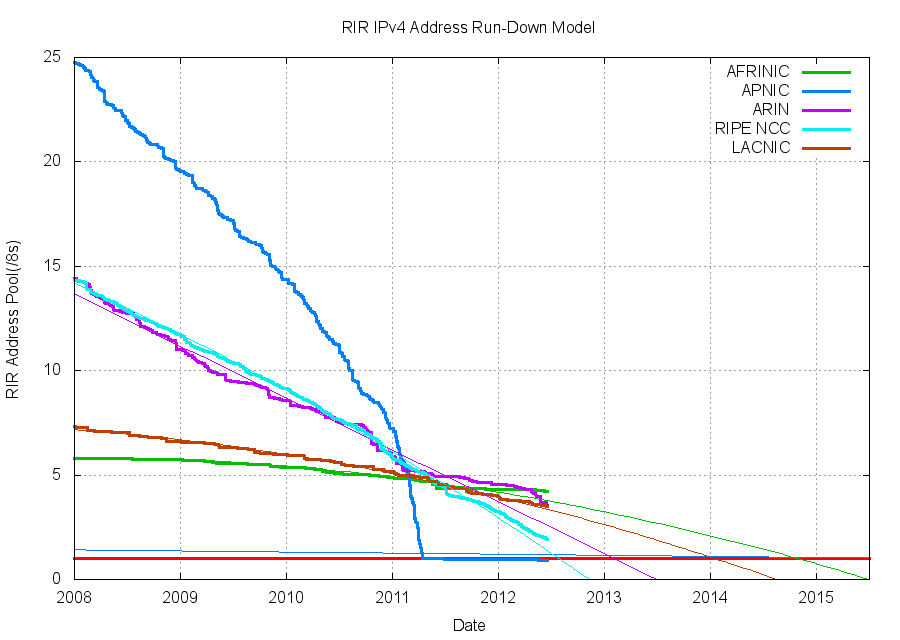IPv6 Launch Day was June 6th 2012. As expected a number of high profile content providers such as Google, Microsoft (Bing), and Yahoo inserted DNS IPv6 records known as quad-A records for their main website into the global DNS. I just did a quick check on a few of these sites and found their IPv6 record still are live and active. With the quad-A records in place this allows those with native IPv6 connectivity to reach these sites wholly over IPv6. This is a great milestone, but still only a small step along the way to IPv6 adoption.
As I have discussed earlier, in this blog and in my other papers, I believe the main area which needs attention for IPv6 to become the dominate and majority protocol carrying Internet traffic is adoption by broadband providers servicing residential and commercial customers. Until we see large deployments with tens of thousands if not millions of IPv6 customers by companies such as Comcast, Verizon, and AT&T the road to a viable IPv6 infrastructure remains somewhat uncertain.
Below are a few other articles with good wrap-up information from the IPv6 Launch Day event.

